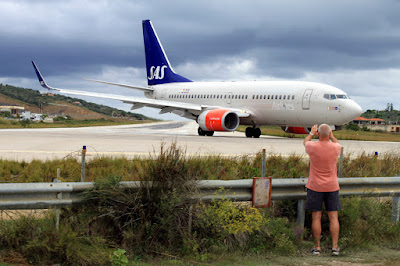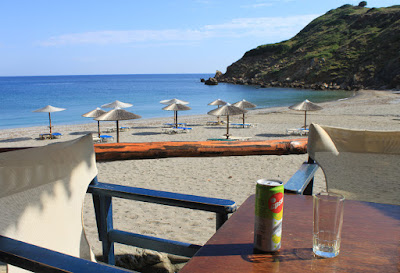After a good catch of 42 birds on Thursday I was back at Oakenclough this morning but this time met up with Andy so we could share the tasks of ringing and migration watching. An onlooker today was surprised at how often we might visit the site but as we explained, during this period time of peak migration each day brings new birds in a steady stream and it is rare that we recapture birds which are on active migration. Even the commonplace and humble Robin is a very migratory species.
We were more than happy with today’s varied catch of 53 birds of 13 species; 12 Chaffinch, 9 Goldcrest, 6 Great Tit, 6 Blue Tit, 5 Goldfinch, 3 Coal Tit, 3 Lesser Redpoll, 2 Greenfinch,2 Dunnock, 2 Robin, 1 Blackbird, 1 Long-tailed Tit and 1 Chiffchaff.
Robin
Lesser Redpoll
The single Blackbird caught was of the “continental” type. Almost three-quarters of the Blackbirds breeding in this country may be resident but others winter in France and yet others (particularly from Scotland and northern England) head for Ireland. Their places here are occupied by migrants from Scandinavia, Denmark and Germany. Some of these Blackbirds, more noticeably the males, display “continental” like features of sooty colouration, entirely dark bills, scalloped breast feathers and finely speckled throats.
"Continental" Blackbird
The visible migration of Chaffinches was less marked this morning as reflected by catching just 12. The numbers flying over started quite well soon after dawn but quickly came to a standstill. We counted approximately 100 birds heading south in infrequent parties of mostly less than eight or ten individuals.
Chaffinch
Highly obvious today was the number of Mistle Thrushes arriving from the north, the early ones in the half-light of dawn. By packing up time of midday we had counted 24+ as having passed over or through the site.
One of today’s Goldcrests bore a ring beginning with letters EDX, so not one of our own. But as a first year bird it was ringed elsewhere this autumn, perhaps even in the last day or two. We will hear in due course once the record is computerised and sent to join the database of ringed birds held at the British Trust for Ornithology.
Goldcrest EDX
Other visible migration came in the form of 1 Swallow, 8/10 Redwing, 18 Greenfinch.
Today's Local birds - 1 Buzzard, 1 Sparrowhawk, 1 Nuthatch, 1 Great-spotted Woodpecker, 1 Grey Heron, 2 Pied Wagtail, 1 Raven, 1 Peregrine.
There are more migrant bird soon with Another Bird Blog. Don't miss them!































































.jpg)












